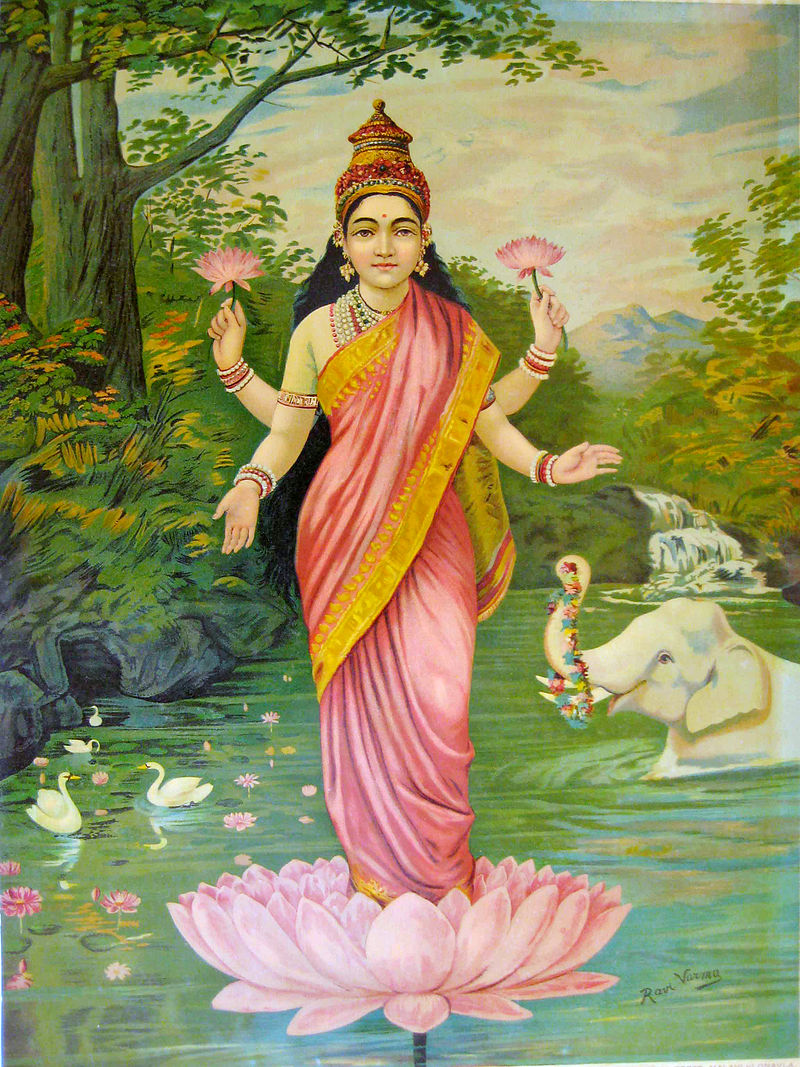The quote "I would challenge you to a battle of wits,but I see you are unarmed" is one of those deliciously snarky remarks that
gives you a mental high-five just reading it. While it sounds exactly like the
kind of thing William Shakespeare might have written, it turns out, there's no
concrete evidence it came from him.
But could it sound Shakespearean? Absolutely. Shakespeare
was the king of witty wordplay, the original sass-master of Elizabethan
England, armed with a quill that was sharper than any sword. Just check out
Much Ado About Nothing where Beatrice and Benedick verbally joust with each
other, throwing shade left, right, and center. So, while this line may not be
penned by Shakespeare himself, it surely feels like something one of his
sharp-tongued characters would toss out in a heated exchange of barbs.
Breaking Down the Quote: The Ultimate Verbal Smackdown
Let’s unpack the brilliance of this phrase. It's a flawless
insult disguised as a compliment, a clever jab at someone's intelligence, or
rather, lack thereof.
"I would challenge you to a battle of wits..." –
The speaker is pretending to offer a fair intellectual duel. It’s like someone
walking up to a chessboard and saying, "Shall we play?"
"...but I see you are unarmed." – And here comes
the dagger. The speaker slyly implies the other person doesn’t even possess the
basic equipment (aka, brains) to participate in this duel of minds.
Translation? "I’d engage in a mental showdown with you, but it wouldn't be
fair—because you’d be hopeless."
This is peak sarcasm. It’s the kind of insult that doesn’t
just sting, it leaves a mark. It’s the verbal equivalent of throwing down a
gauntlet, only to realize the opponent has never even seen a gauntlet before
and thinks you're offering them a napkin.
Why Do People Think It's Shakespeare?
The quote has that Shakespearean flavor, combining wit and
insult in a way that feels straight out of a Renaissance mic drop moment.
Shakespeare had a habit of weaving insults into his plays, where characters
wouldn’t just call each other names; they’d craft entire sonnets of shade.
Take for instance, The Taming of the Shrew, where Petruchio
says to Katherine:
"Come, come, you wasp; i' faith, you are too
angry."
To which Katherine retorts:
"If I be waspish, best beware my sting."
It’s all about quick thinking and sharper-than-a-razor
comebacks.
Shakespeare also loved using the concept of a duel, whether
it was with swords (Romeo and Juliet, anyone?) or with words. His characters
often sparred verbally in a way that’s not too far from this modern “battle of
wits” idea. So, it’s no wonder that people frequently attribute quotes like
this to him.
The Real Origin: Who Actually Said It?
Though people have tried to connect the quote to
Shakespeare, it’s more commonly credited to British playwright and poet Dorothy
Parker, who was known for her razor-sharp wit. She, like Oscar Wilde, was one
of those rare people who seemed to have a quip ready for any situation. If you
were going head-to-head with Parker, you better have your own arsenal of
cleverness, because she wouldn’t just roast you—she’d serve you up on a
platter.
Why Do We Love This Quote So Much?
Well, let’s face it: It’s funny because it’s smart. It’s the
kind of insult that, if delivered in the right setting, can leave a room
gasping with laughter or stunned into silence. It’s a power move—a mental mic
drop. And let’s not ignore the fact that it’s always fun to call someone out
without using crude language.
It’s like winning a game of chess without your opponent
realizing they’ve been checkmated. The quote demonstrates a key principle of
humor: the balance between subtlety and sharpness. It’s not just about being
mean; it’s about doing it with flair. The kind of wit displayed here is
something we aspire to, whether it’s during a heated debate, in an argument,
or, let’s be honest, when someone cuts us off in traffic and we dream of
delivering the perfect comeback.
How to Use This Quote in Everyday Life
You’re probably itching to use this line, and why wouldn’t you? It’s glorious. But there’s an art to deploying this particular zinger. You can’t just toss it out willy-nilly in a conversation like it’s a common phrase. It needs the right context—a moment when someone genuinely believes they’re being clever, but they’ve really just walked into a trap.
For example, picture yourself at a party, where someone is
attempting to impress the crowd with half-baked trivia facts, and you—armed
with a Google-worthy level of knowledge—are just waiting for your moment. They
finally stumble on a glaringly wrong fact, and that’s when you drop this line
with a smile. It’s the perfect blend of humor and humiliation that’ll leave the
room either laughing or cringing (depending on how much they like the person
you just intellectually vaporized).
Of course, you could also use this line with close friends
in a playful way, sparking laughter instead of hurt feelings. Just know when to
wield your wit, and who’s going to appreciate it.
Final Thoughts: Shakespeare or Not, It’s Brilliant
Even if this quote doesn’t belong to Shakespeare, it belongs
to the same tradition of quick wit and sharp comebacks that the Bard mastered.
It’s the sort of line that lives on because it’s universally relatable.
Everyone has encountered someone who thinks they’re sharper than they really
are, and this line is the ultimate comeback for that situation.
So next time someone tries to outsmart you, keep this quote
in your back pocket—and make sure you deliver it with just the right amount of
flair. After all, you wouldn’t want to bring a dull insult to a battle of wits,
would you?


















